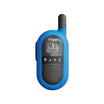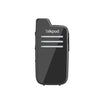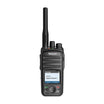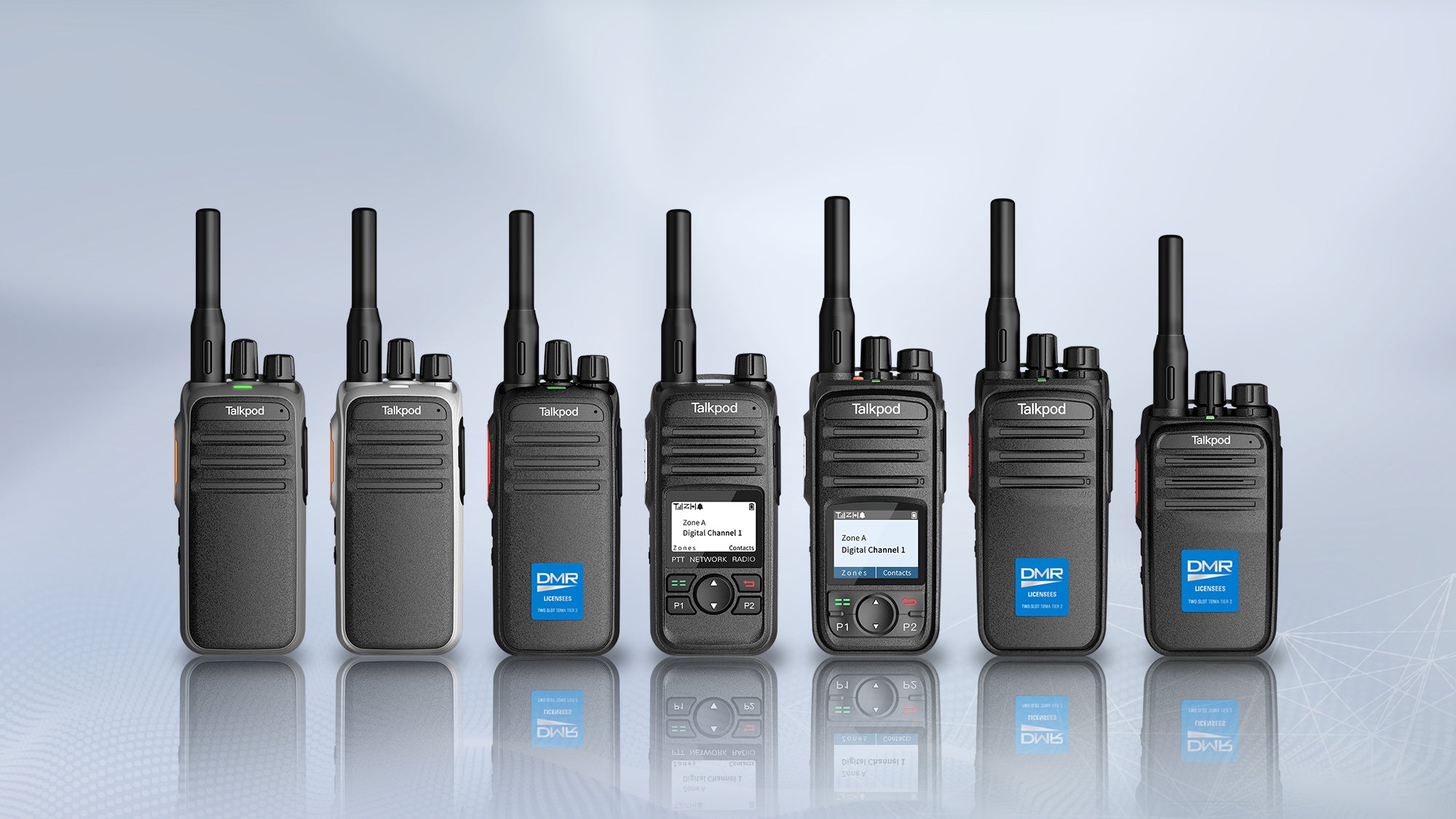APRS, or Automatic Packet Reporting System, is a digital communications information channel designed for amateur radio operators. It has been in operation for over 25 years and serves as a real-time network for sharing information within the ham radio community.
Key points about APRS:
-
Purpose: APRS provides a means for amateur radio operators to exchange real-time information, announcements, bulletins, messages, alerts, and weather data. It also includes a map displaying various activities, such as objects, frequencies, satellites, nets, meetings, and hamfests.
-
Global Network: APRS has grown to encompass most countries with active amateur radio populations, creating a global network for information exchange.
-
Internet Integration: APRS is integrated with the internet through APRS-IS (APRS Internet System), allowing users to monitor activity worldwide and facilitating point-to-point messaging between APRS users.
-
Ubiquitous Operations: APRS operates on dedicated frequencies, such as 144.39 MHz in North America, 144.80 MHz in Europe, and 145.175 MHz in Australia. It follows standardized national operating rules.
-
More Than Vehicle Tracking: While APRS does support vehicle tracking using GPS, it is not limited to this. It serves as a comprehensive resource for situational awareness, including weather reporting, traveler information, direction finding, object pointing to ECHOlink and IRLP nodes, traffic reporting, and emergency response.
-
Universal Text Messaging: APRS enables text messaging between users using a variety of devices, including cell phones, blackberries, pagers, and DTMF handheld transceivers.
-
Internet Integration: All local APRS information is injected into the APRS-IS Internet system, allowing global monitoring of local activity and facilitating two-way point-to-point messaging worldwide.
In summary, APRS is a versatile digital communications system used by amateur radio operators to exchange real-time information, monitor local and global ham radio activities, and facilitate text messaging between users. It goes beyond vehicle tracking, serving as a valuable resource for the amateur radio community.













































